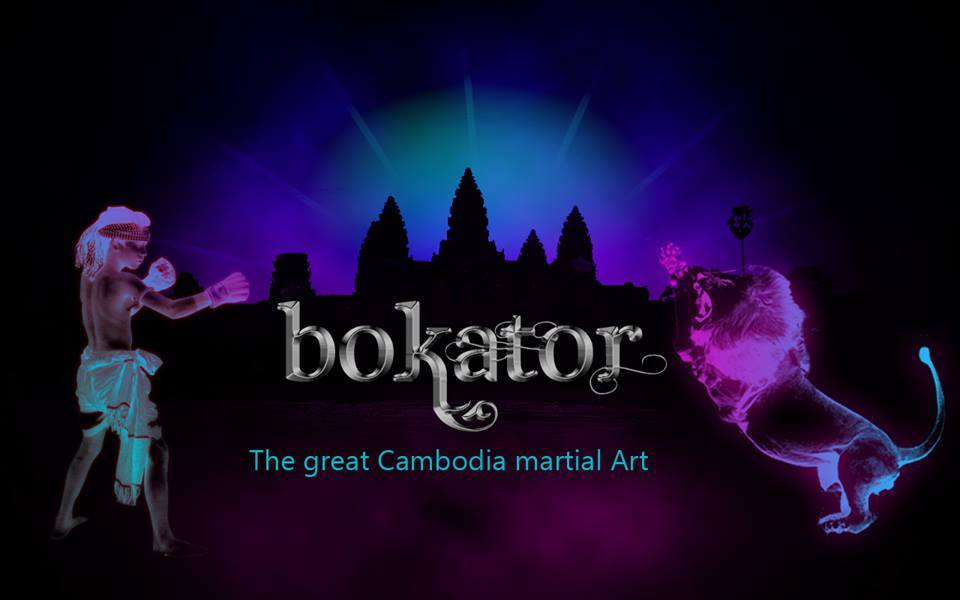A seated statue of Buddha in meditation and holding a small medicinal jar
Sculptures from Angkor National Museum:
A seated statue of Buddha in meditation and holding a small medicinal jar or suchlike in his lap usually depicts an image that became enormously popular during the period when Tantric Mahayana Buddhism prevailed at Angkor under the patronage of King Jayavarman VII at the end of the 12th century. The image is of the Healing or Medicine Buddha, also known as Bhaisajyaguru (in Sanskrit it means Medicine Master) and these two examples at the Angkor National Museum are identified as such. Among the unprecedented series of public works undertaken by the King was the construction of 102 royal-sponsored hospitals across the Khmer Empire and at each hospital, a shrine to Bhaisajyaguru would be honoured. Before his enlightenment, Bhaisajyaguru made a vow to help the physical and mental health of all living beings and this dovetailed perfectly with the King’s protective public welfare programme for his subjects. Figures depicting the Healing Buddha normally hold a medicine jar, an alms bowl, lotus flower, jewelry, a stupa or fruit as they rest their hands on their lap whilst meditating in the Dhyana-mudra posture.
The first exhibit is in bronze, the Buddha is meditating with eyes closed, and is richly adorned with jewelry including a decorative diadem and conical chignon, pendant earrings, a heavy necklace, armlets, wristlets and anklets. His knees, unusually, are pointed upwards, and in his right hand, resting on top of his left, is a small medicine jar. His original provenance is not recorded though both of these sculptures were in the collection of the National Museum in Phnom Penh before the Angkor museum opened its doors in 2007. Battambang is the province where the sandstone Bhaisajyaguru originated from and this exhibit is of the Buddha Muchalinda variety, with the Buddha sitting cross-legged on the three coils of the snake’s body and his crowned head sheltered by the seven headed-hood of the Naga. The diadem and conical crown are the only decoration on the figure besides the incised scales of the serpent body on which he rests. Occasionally, a figure representing the Bhaisajyaguru Buddha can be found as part of a triad of deities, alongside Prajnaparamita and Lokeshvara.
About Me
I have graduate from BUILD BRIGHT UNIVERSITY(BBU) AND PREAH SIHANOUK RAJA (SBU) I work at Khmer Plus Computer Address: #156BE, St.63 (Trasak Phaem), Sang kat Chaktomok, Khan Daun Penh, Phnom Penh And Much More... Hey..My name is Thol Un Welcome To my site! Hope it will help you! Nice to know you! Indroduce My Self -My name is Thol un.I come from Kompong cham Province -Now I am staying at Langka pagoda .I have graduated from Build Bright University -My Major is Information and Network Technology -I am Working at Khmer Plus Computer -I want to get experience From your Company and develop your Company to be More Successful forever
Thanks for Support
Copyright©️:2021 All Rights Reserved. @Mr. Thol Un Hi every body, In this video I want show about the people success with Website, All This The Result From Website Partnership. Make money online speak Khmer: Please Followers My Website to Get More Videos!! Giving Dharma Is Better Than Giving Things!! Thanks for Support My Website !! This Website is created for the purpose of spreading the Entertainment Cambodia and other History Khmer, Dharma Khmer, Cooking Khmer by posting videos in Website Blogger or Blogspot YouTube and Facebook Page. Thanks and thanks for the support for this Website ..! Thanks For watch all this Website !❤ Like ✅Share ☑️ Comment❤ Kindly donate to the ABA Bank : ❤Thol Un❤ ❤001885833❤














